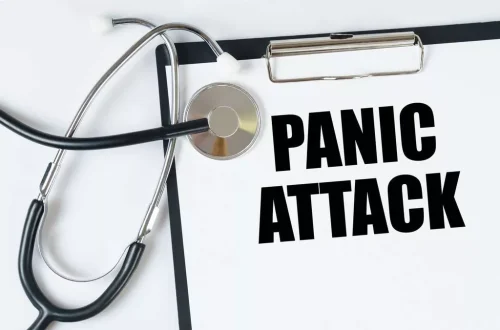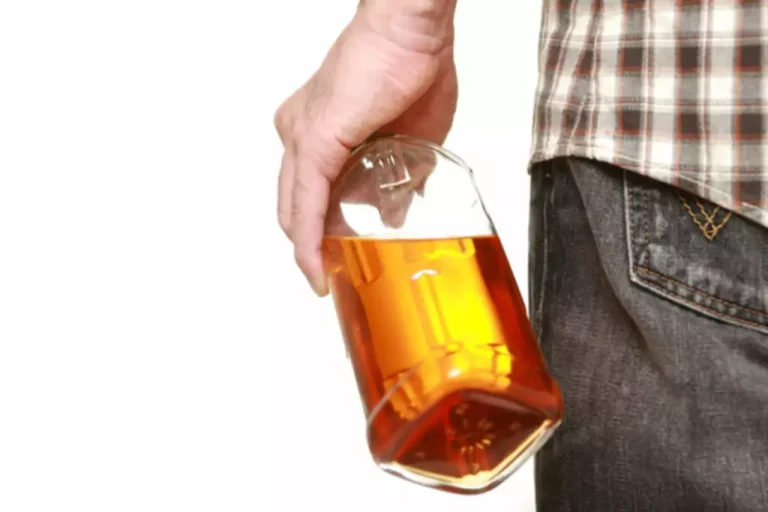
Support and reassurance can go a long way in dealing with agitation in an acutely intoxicated patient. If such an approach is used, low doses (i.e., haloperidol 1 mg with lorazepam 1 mg) are recommended. Higher benzodiazepine doses may result in respiratory depression, vomiting, and aspiration, as well as the potential for “paradoxical” increased agitation by increasing intoxication. For example, people who drink regularly (2 or more drinks per day) are less affected by a given amount of alcohol than those who normally do not drink or drink only socially, a phenomenon termed tolerance. People who have developed tolerance to alcohol may also be tolerant to other drugs that slow brain function, such as barbiturates and benzodiazepines.
How much alcohol does it take to be intoxicated?
- Although the idea of getting drunk may sound exciting, a reduction in your physical and mental abilities can lead to risky behaviors and injury to yourself or others.
- American Addiction Centers (AAC) is committed to delivering original, truthful, accurate, unbiased, and medically current information.
- However, acute alcohol intoxication is a significant factor in injuries, particularly those due to interpersonal violence, suicide, and motor vehicle crashes.
After this, if the person still needs care, they will require a different type of program such as a longer term residential program. An intoxicated person at this stage may show slowed reaction times, reduced memory, blurred vision, and a lack of coordination. Knowing the 5 Stages of Intoxication can help alcohol servers and bartenders count drinks and effectively observe customer behavior. Because the amount of alcohol needed to reach various states of intoxication can vary depending on the individual, what might be a fatal dose for one person may not be for another. Goldstein and Goldstein (29) proposed in 1961 that dependency develops as a cell or organism makes homeostatic adjustments to compensate for the primary effect of a drug.
Accreditation by the Joint Commission is considered the gold standard in health care.
Drinking large amounts of alcohol (more than 2 to 6 drinks per day) for extended periods can damage a number of organs, especially the liver, heart, and brain. However, drinking a moderate amount of alcohol may reduce the risk of death from heart and blood vessel (cardiovascular) disorders. Nonetheless, drinking alcohol for this purpose is not recommended, especially when other safer, more effective preventive measures are available. Two neurotransmitter systems appear to play a central role in the development of alcohol withdrawal syndrome.
Effects of alcohol, gender, and role of spouses on attributions and evaluations of marital violence scenarios
Most metropolitan areas have many AA meetings available day and night, 7 days a week. People with alcohol use disorder are encouraged to try several different meetings and to attend those at which they feel most comfortable. No approach has benefited so many people with alcohol use disorder as effectively as Alcoholics Anonymous (AA). AA is an international fellowship of people who want to stop drinking.
- In every U.S. state, it is illegal to drive with a BAC of over 0.08%.
- Death can occur due to impaired breathing or abnormal heart rhythms (arrhythmia), especially when large quantities are drunk rapidly.
- In addition, more recent studies suggest that the glutamatergic system and NMDA dysregulation play a role in the development of CNS excitation as well, particularly seizures and delirium (32).
- These programs organize your treatment session based on your schedule.
- Regarding alcohol, the U.S. considers anyone with a blood alcohol concentration (BAC) of 0.08 or higher intoxicated; individual states can set their own stricter limits.
- Alcohol intoxication occurs from drinking too much alcohol in a short period of time.
Symptoms and Signs of Alcohol Toxicity and Withdrawal
Others know but do not want to admit that they have an alcohol problem. Therefore, health care practitioners do not wait for people to ask https://ecosoberhouse.com/article/why-does-alcohol-cause-bruising/ for help. They may suspect alcohol use disorder in people whose behavior changes inexplicably or whose behavior becomes self-destructive.

Depending on the severity of intoxication treatment includes: 1, 3 11
Therefore, the benzodiazepines should be administered orally or, when necessary, intravenously. An exception is lorazepam, which has good intramuscular and sublingual absorption. However, for most agents, intramuscular absorption is extremely variable, leading to problems when rapid control of symptoms is necessary and also with delayed appearance of oversedation when large amounts are administered. Examples of some treatment regimens consistent with current recommendations are shown in Table 43-3. Management of alcohol intoxication and withdrawal is one of the clinical issues most frequently encountered by specialists in addiction medicine.
Diagnosis of Alcohol Toxicity and Withdrawal
In addition, more recent studies suggest that the glutamatergic system and NMDA dysregulation play a role in the development of CNS excitation as well, particularly seizures and delirium (32). Marked psychomotor activity may develop, with severe agitation in some cases or continuous low-level motor activity in others, so that activities such as efforts to get out in which stage of intoxication does an individual become aggressive or withdrawn and sleepy of bed can last for hours. Severe disruption of the normal sleep–wake cycle also is common and may be marked by the absence of clear sleep for several days. The duration of the delirium is variable, but averages 2 to 3 days in most studies (22). In some cases, the delirium is relatively brief, lasting only a few hours before the patient regains orientation.
Possible Complications of Alcohol Intoxication
- Alcohol percentage is determined by the amount of alcohol consumed, the time in which the alcohol was consumed, and body weight.
- However, some people experience slight impairments in judgment and reaction time.
- For people with more severe alcohol use, particularly those who have coexisting medical and mental health disorders, a detoxification and rehabilitation program may be recommended.
- Without help, most problem drinkers relapse within a few days or weeks.
- For some people, drinking two drinks in the span of an hour can put their BAC over the legal limit.
Some people may not feel or act intoxicated because of their tolerance levels, but they will still have BAC levels over the legal limit. Diagnosing intoxication often involves observation, a physical exam, and verification of events by others. Breath and blood tests measure the levels of alcohol and other substances in the body. If you find yourself drinking too much, unable to stop drinking, or have reached the latter stages of intoxication on a regular basis, the best time to get help is now. At Purpose Healing Center, we can help you achieve a safe withdrawal and long-lasting sobriety.



